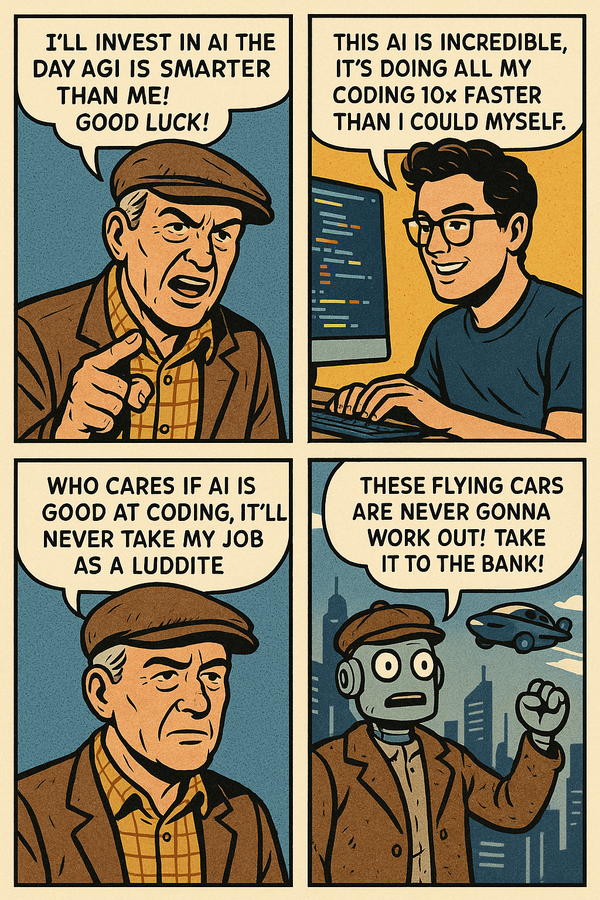I’ve got a brand new long pick for us today…
I’ve got a brand new long pick for us…
When I added Microsoft to the model portfolio a few months ago, it was in large part because the company’s new Kinect motion-gaming peripheral and how hugely successful I expect Kinect to be for Microsoft in coming years. Right now, Kinect is primarily sold as I just described it, “a motion-gaming peripheral” for the Xbox 360.
But the future of Kinect and the impact it will have on both Microsoft and technology as a whole, isn’t about gaming. It’s about the Kinect platform and the ability for developers, hobbyists, inventors and savvy entrepreneurs to build on that platform.
Think of Kinect not just as a very cool and major obesity-fighting gaming tool. Think of it as a new Windows-type platform that will drive new productivity and efficiency in our world’s economies much in the same way that the Windows-PC did. The ability to cheaply enable developers to create new apps, robots, games and who knows what else that are accessed not through a keyboard or a mouse but through hand motions, body motions and speaking natural language (Nuance is the best bet on the voice-recognition part of this revolution) will change how we compute, how we interact with computers and how we work and play forever.
And from a shorter-term perspective, Kinect is already selling faster than any electronic consumer product in history. I’m not exaggerating — it’s in the official Guinness Book of World Records. “Guinness World Records announced that the Kinect is the “Fastest-Selling Consumer Electronic Device” of all time. The device sold an average of 133,333 units per day in its first 60 days (starting Nov. 4, 2010). Shockingly, the pace was reportedly faster than that of the iPhone or iPad for the equivalent period.”
Now then, do you think Wall Street’s analysts have modeled into their earnings and revenues spreadsheets that the Kinect would be the single fastest electronic consumer product in history? No, of course not. I’ve seen estimates for unit sales of Kinect in 2011 to come in somewhere between 15 million and 24 million units this year. Most analysts are still modeling less than 20 million units of Kinect being sold in 2011.
And while all of this is very good news for our Microsoft long, I’ve got an even purer play on the Kinect revolution. It’s the chip supplier for the Kinect, Marvell Technology Group. Marvell gets about $6 in sales for every Kinect sold. And analysts think that Kinect will only account for about 3% of sales at Marvell this year, as they are modeling less than $100 million in sales into Kinect.
But if Softee’s selling 2 million Kinects per month already, and if we assume that will accelerate into the next school year and really take off into Christmas, I’ve now got in my spreadsheet more than 30 million units of Kinect being sold this year. Marvell’s likely going to see closer to $200 million or more in sales from the Xbox this year and by the end of 2012, Kinect will likely account for more than $400 million in sales or more than 10% of Marvell’s overall business.
Technically speaking, MRVL the stock has been just crushed of late and we’re buying it nearly 50% off its recent highs. It’s a big supplier into Research in Motion and as you guys know, I’ve been flagging RIMM’s demise for the last couple years now. With the horrid quarter and collapse in demand for RIMM’s products, MRVL’s been crushed on the very valid concerns that all of RIMM’s problems will trickle down and impact MRVL’s next couple reports. But while that concern is quite valid, we’re only talking about an impact of probably about $50 million to $100 million in the worst case scenario. Kinect alone will more than make up for the RIMM impact this year and especially next year.
I’m going to just start with a good bit of common stock in this name today, but I plan on quickly building this one using both common and calls in coming days.




